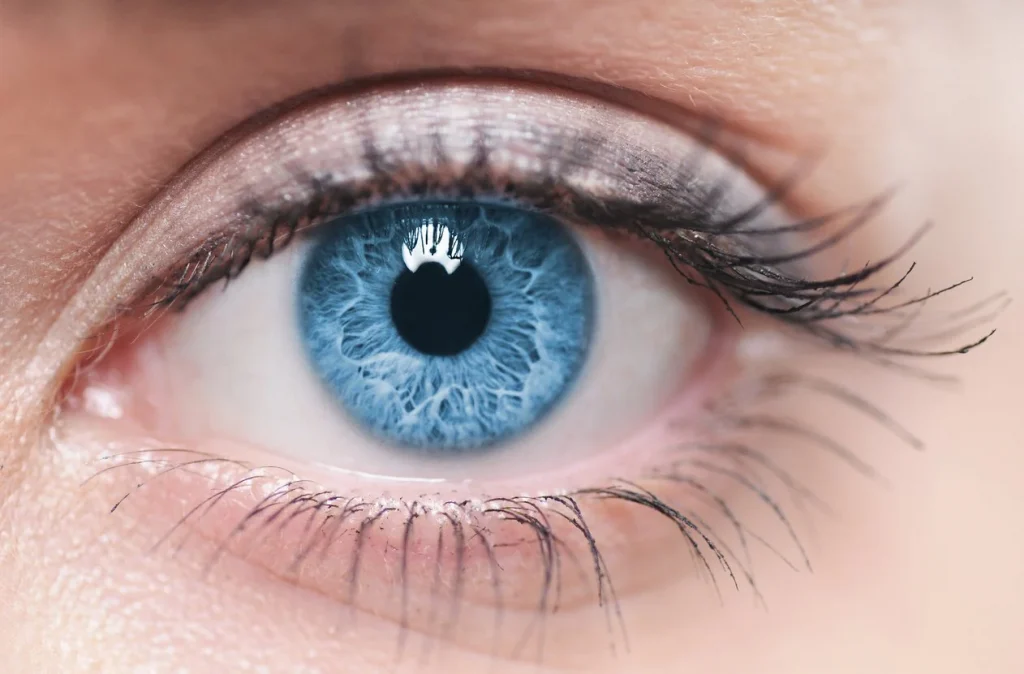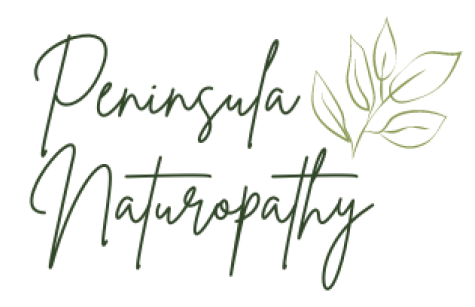What is iridology & how does it work?

Iridology is the study of the iris, the colored part of the eye, to assess a person’s health and potential predispositions to various conditions. This practice is rooted in the belief that the iris can reveal information about the body’s overall health, as well as specific organ systems. While iridology has been practiced for centuries, its incorporation into naturopathy reflects a holistic approach to health, emphasizing the interconnectedness of body systems and the importance of individual constitution.
Historical Background
The origins of iridology can be traced back to ancient civilizations, including the Egyptians and Greeks, who noted the relationship between the eyes and overall health. Modern iridology, as we know it today, was developed in the late 19th century by Hungarian physician Ignatz von Peczely, who observed that changes in the iris correlated with health conditions in his patients. His work laid the foundation for a system that assigns specific markings and colors of the iris to particular health conditions.
The Principles of Iridology
Iridology is based on several key principles:
- Organ Representation: Each part of the iris corresponds to specific organs or systems in the body. For instance, the left iris is believed to represent the left side of the body, while the right iris corresponds to the right side.
- Color and Texture: The color and texture of the iris can indicate health conditions. Different colors (such as blue, brown, or green) are associated with varying constitutional types, and changes in texture can suggest inflammation, degeneration, or other health issues.
- Signs and Markings: Iridologists look for specific markings, such as spots, lines, or patterns, which can indicate stress levels, genetic predispositions, or current health issues.
- Holistic Approach: Iridology does not solely focus on physical ailments; it also considers emotional and psychological factors. This aligns well with naturopathy, which emphasizes treating the whole person rather than just the symptoms of disease.
Iridology in Naturopathy
Naturopathy is a holistic healing approach that combines various natural therapies, lifestyle modifications, and dietary recommendations to promote overall health. Iridology fits seamlessly into this paradigm in several ways:
- Assessment Tool: Iridology serves as an initial assessment tool for naturopathic practitioners. By analyzing the iris, practitioners can gain insights into a patient’s health status, helping them identify areas that require attention.
- Personalized Treatment Plans: The information gleaned from iridology can inform the development of individualized treatment plans. For instance, if an iridologist notes signs indicating digestive distress, the naturopath may recommend dietary changes, herbal supplements, or detoxification protocols tailored to the patient’s specific needs.
- Preventative Health: Iridology emphasizes the importance of understanding genetic predispositions and potential health issues before they manifest as chronic conditions. Naturopaths can use this information to educate patients about lifestyle choices and preventive measures, fostering a proactive approach to health.
- Integration with Other Modalities: Naturopathy encompasses various treatment modalities, such as herbal medicine, homeopathy, and physical therapies. Iridology can complement these practices by providing additional insights into how these therapies may impact specific organs or systems.
- Patient Empowerment: By involving patients in their health assessments and explaining the significance of iris markings, practitioners can empower individuals to take an active role in their wellness journey. This aligns with the naturopathic philosophy of educating patients and promoting self-care.
Conclusion
Iridology is a fascinating practice that complements the principles of naturopathy by providing a unique lens through which to view health and wellness. By examining the iris, naturopathic practitioners can gain insights into their patients’ health and develop personalized, holistic treatment plans. Importantly, iridology should be regarded as a diagnostic tool that enhances the overall understanding of a patient’s health when combined with other diagnostic methods, such as patient history, physical examinations, and lab tests.
Using iridology in conjunction with this comprehensive approach allows practitioners to gather a more complete picture of a patient’s health status. For instance, while iridology may indicate potential issues in specific organ systems, further assessment and evaluation can confirm these findings and lead to more effective treatment strategies. This integration of information empowers practitioners to make well-informed decisions, ultimately fostering better patient outcomes.
